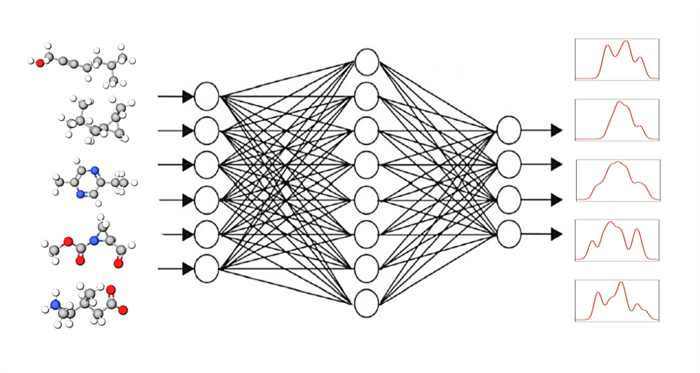ENTERTAINMENT
HZB's Annika Bande calculates the 'fingerprints' of molecules with AI
"Macromolecules but also quantum dots, which often consist of thousands of atoms, can hardly be calculated in advance using conventional methods such as DFT," says PD Dr. Annika Bande at HZB. With her team, she has now investigated how the computing time can be shortened by using methods from artificial intelligence. 
The idea: a computer program from the group of "graphical neural networks" or GNN receives small molecules as input with the task of determining their spectral responses. In the next step, the GNN program compares the calculated spectra with the known target spectra (DFT or experimental) and corrects the calculation path accordingly. Round after round, the result becomes better. The GNN program thus learns on its own how to calculate spectra reliably with the help of known spectra.
"We have trained five newer GNNs and found that enormous improvements can be achieved with one of them, the SchNet model: The accuracy increases by 20%, and this is done in a fraction of the computation time," says first author Kanishka Singh. Singh participates in the HEIBRiDS graduate school and is supervised by two experts from different backgrounds: computer science expert Prof. Ulf Leser from Humboldt University Berlin and theoretical chemist Annika Bande.
"Recently developed GNN frameworks could do even better," she says. "And the demand is very high. We, therefore, want to strengthen this line of research and are planning to create a new postdoctoral position for it from summer onwards as part of the Helmholtz project "eXplainable Artificial Intelligence for X-ray Absorption Spectroscopy"."
